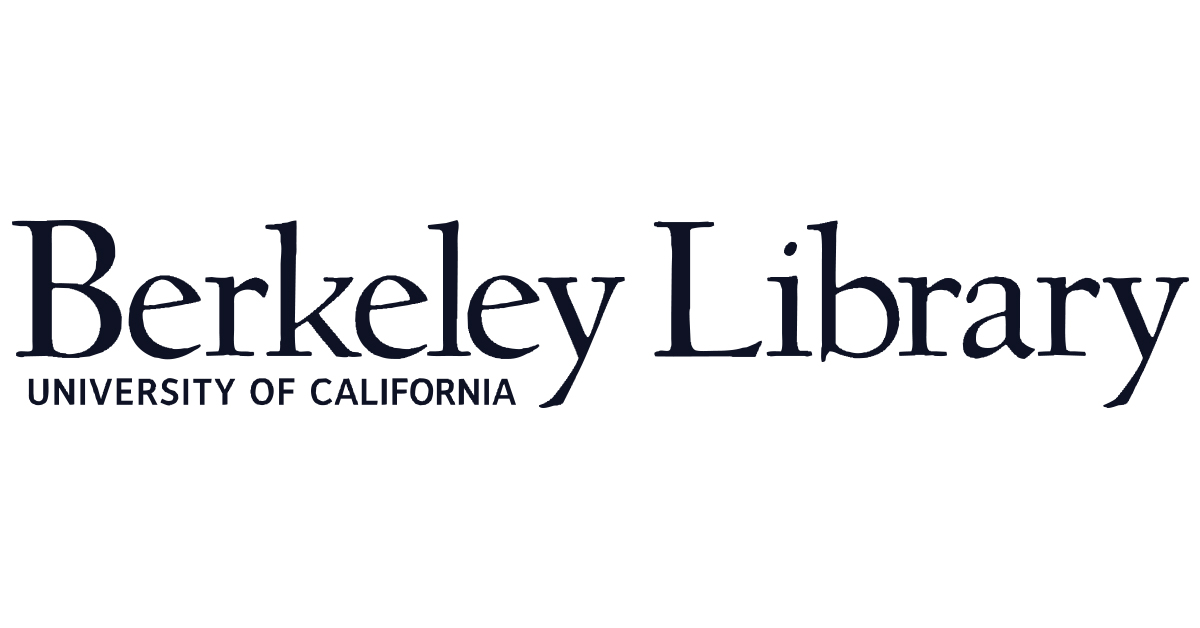Harnessing the potential of vegetable waste: A path towards sustainable development in Marrakech (Morocco)
DOI:
https://doi.org/10.5281/zenodo.8174428Keywords:
green waste; Moulay Abdessalam park; Ghabat Chabab park; la palmeraie; valorization; sustainable development.Abstract
This study illustrates how rational management of daily green waste generated by the numerous green spaces in Marrakech can contribute to sustainable development. In order to transform these three green spaces into models of sustainable development within the circular economy framework, we selected them as experimental samples for our study: Moulay Abdessalam Park (home to a wide variety of species), Ghabat Chabab Park (with olive trees), and the palm grove (where palm trees are located).
The study's results revealed several valuable conclusions. First, in the case of Moulay Abdessalam Park, the adoption of composting and vermicomposting techniques led to the production of natural and ecological fertilizers. In the second case, Ghabat Chabab, opportunities arose to harness renewable energy sources such as biogas and electricity. Lastly, the study of the palm grove demonstrated the potential for producing ethyl alcohol from palm tree waste.
Downloads
Published
How to Cite
Issue
Section
License

This work is licensed under a Creative Commons Attribution-NonCommercial-NoDerivatives 4.0 International License.























